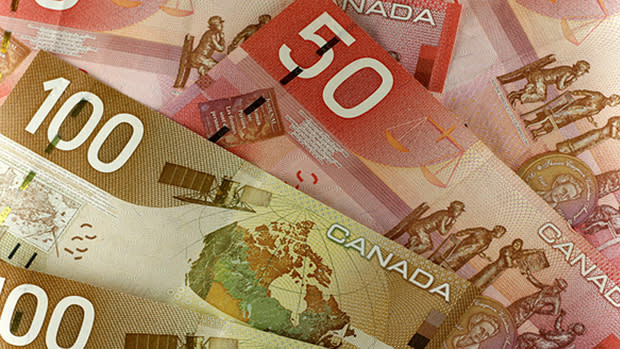TFSA’s best days are ahead

What do 10-year U.S. government bonds and your tax free savings account (TFSA) have in common? Plenty.
Ten-year Treasuries are considered the benchmark for interest rates around the world, from corporate debt on Wall Street to mortgage rates in Saskatchewan.
They also have the ability to take sensitive readings on the economy, like a seismograph that measures earthquakes in far away places.
Right now the 10-year treasury is pointing to a major tremor. Since the start of May, the yield has climbed 40 per cent to 2.2 per cent from a record low 1.62 per cent. It may not seem like a big climb but it is the steepest rise since the 1950s.
Market experts see it as a sign that inflation is about to erupt. The recent volatility on global equity markets can be attributed to concern central banks like the Fed and the Bank of Canada are getting the hint, and are preparing to stop artificially stimulating the economy through rock-bottom borrowing rates.
In the 1950s record low interest rates were followed by a steep and prolonged rise in interest rates which brought runaway inflation and took the 10-year U.S. government bond yield to an eye popping 15 per cent in 1981.
The TFSA comes of age
This is where the tax free saving account comes in.
As the economy turns, central banks will need to hike their benchmark interest rates to keep a cap on inflation. As a result, bond yields - like the U.S. 10-year Treasury - will rise.
This is something we haven’t seen since the TFSA was introduced over four years ago. With bond yields so low, the only significant way to benefit from its tax-free feature has been through stocks. Tax-free investment returns are a beautiful thing but only half of the gains on equities outside a TFSA are taxed anyway. Even dividends generated by eligible Canadian stocks outside a TFSA enjoy a dividend tax credit.
However, gains on bonds are fully taxed outside a TFSA. That means bonds in a TFSA are truly tax free. The yields may be smaller than some equity gains, but the proportional tax saving is twice as large.
Even the cherished registered retirement savings plan (RRSP) can’t make that claim. Gains on all types of securities are fully taxed when they are withdrawn (albeit, the plan holder is normally retired and in a lower tax bracket).
Consider a new strategy
As interest rates rise the TFSA can becomes a tax haven for fixed income. Any well diversified investment portfolio requires a significant stake in fixed income to generate consistent and safe returns. Investors who pack their TFSAs with bonds can harness the power of compounding. That means the interest on bonds are 100 per cent tax free and the interest on the re-invested interest is 100 per cent tax free as well. Over several years that adds up.
The best way to generate the highest returns in a fixed income portfolio is through a laddering strategy. By staggering maturities over several years the investor has many opportunities to generate income and take advantage of the best going rates in a rapidly changing interest-rate climate. When interest rates rise, longer maturities usually climb highest and fastest. A laddering strategy permits bonds with longer term maturities.
TFSA contribution space is currently limited to $25,500 but Ottawa has pledged to increase the limit by $5,000 (plus inflation) each year. If the Federal government lives up to that vow the TFSA has the potential to be a major retirement saving tool to rival and even complement the RRSP.

 Yahoo Finance
Yahoo Finance 